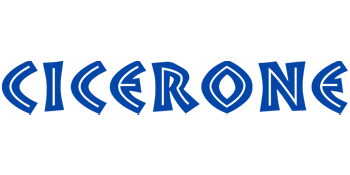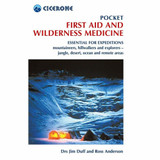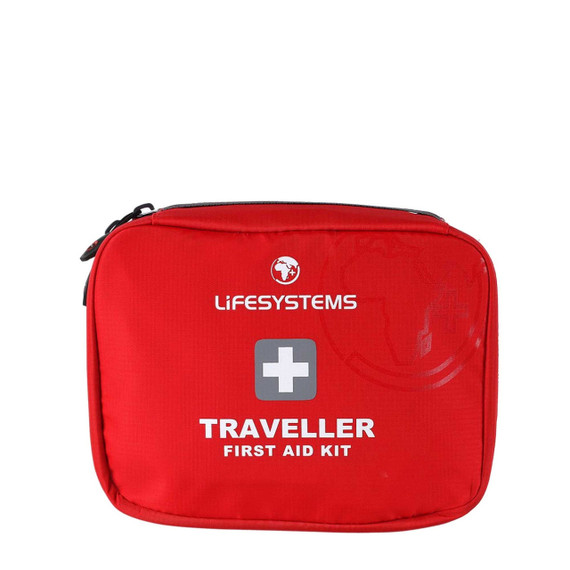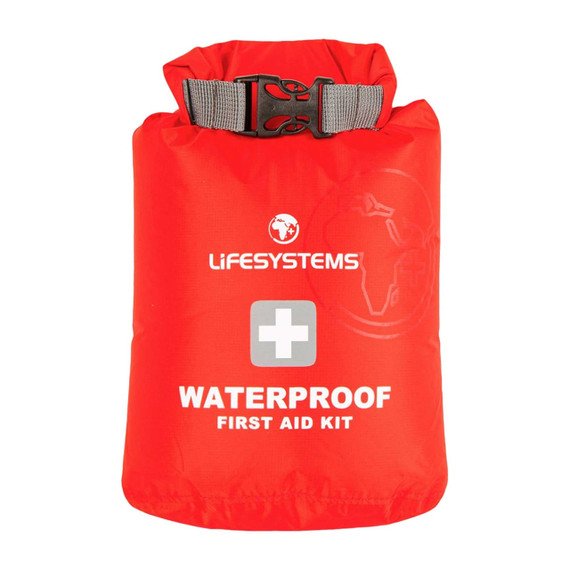Jump to: Our Verdict / Features / Specifications
Written by doctors with a wealth of experience, this book covers the fundamentals of wilderness first aid and medicine. Clearly referenced chapters describe both how to minimise risks (including the preparation of first-aid kits) and how to cope with accident or illness in remote settings, from diving to high altitude and from desert to polar.
Cicerone says
This conveniently sized guide is an invaluable point of reference for all who travel and take part in outdoor, wilderness and mountain activities. Written by doctors with a wealth of experience, it provides a comprehensive summary of wilderness first aid and medicine – that is, managing accident or illness in remote locations without immediate access to help – giving you confidence in your ability to deal with any situation that may arise.
All topics are clearly referenced and easy to find, with chapters covering preparation, prevention, accident protocol, diagnosis, treatment and evacuation. From life-threatening emergencies to broken bones and sprains, infectious diseases, food poisoning, envenomation and respiratory problems, the book sets out all the crucial protocol and procedures to follow. It covers a wide range of different environments, including high altitude, desert, polar, tropical and marine, dealing with risk management and a variety of different scenarios. In addition, suggestions for first-aid kits and lists of medications and antibiotics (with dosage) can be found in the appendices.
Minimizing risks is part of the challenge and satisfaction of wilderness travel. Now in its twelfth edition (the third for Cicerone), Pocket First Aid and Wilderness Medicine is an indispensable companion for all outdoor activities and wilderness expeditions.
Our Verdict
For nearly 50 years Cicerone have been producing guidebooks on recognised treks, regions, areas and general tips for hikers.
We have used them countless times and they've always provided excellent insight and knowledge that you only get through experience, giving you the edge to make your trip a success and more enjoyable too.
If you're a gram counter you can easily remove sections of the book to take with you making your own ultra-lightweight guidebook with only the essential sections that you require.
- Reviewed by Ultralight Outdoor Gear
Features
Specifications
- Edition: Third
- Number of pages: 256
- Size: 15.5 x 10.0 x 1.4cm
- Weighs 240g
Contents
Accident and illness protocol
Acronyms and abbreviations
Conversion tables
Preface
Read this
Part 1: The fundamentals
1. Prevention
2. Positioning and moving a victim
3. Medications – what you need to know
4. Pain management
Part 2: Accident and illness protocol
5. Accident and illness protocol in a wilderness setting
6. Primary survey – dealing with life-threatening emergencies
7. Primary survey for specific situations
8. Shock prevention and stabilization
9. Secondary survey – finding out what the problem is
10. Evacuation
Part 3: Problems and their treatment
11. Spinal and head injuries
12. Burns
13. Broken bones, dislocations, sprains and strains
14. Wounds
15. Bites, stings and nasty plants
16. Cold weather problems
17. Hot weather problems
18. Dehydration
19. Diarrhoea and food poisoning
20. Abdominal (belly) problems
21. Respiratory problems
22. Altitude illness – AMS, HACE and HAPE
23. Drowning and diving problems
24. Infectious diseases
25. Eyes, ears and mouth
26. Skin problems
27. Gender-specific problems and STIs
28. Other problems
Appendix 1 Chart of medications
Appendix 2 Antibiotics
Appendix 3 Rescue request form
Appendix 4 Marine envenomation
Appendix 5 Altitude illness flowchart
Appendix 6 Lake Louise Score (LLS)
Appendix 7 Avalanche rescue flow chart
Appendix 8 The skeleton and internal organs
Appendix 9 First aid kits
Appendix 10 Useful contacts and sources of information
Index of diagrams
Index
Basic life support (BLS) in the wilderness




















